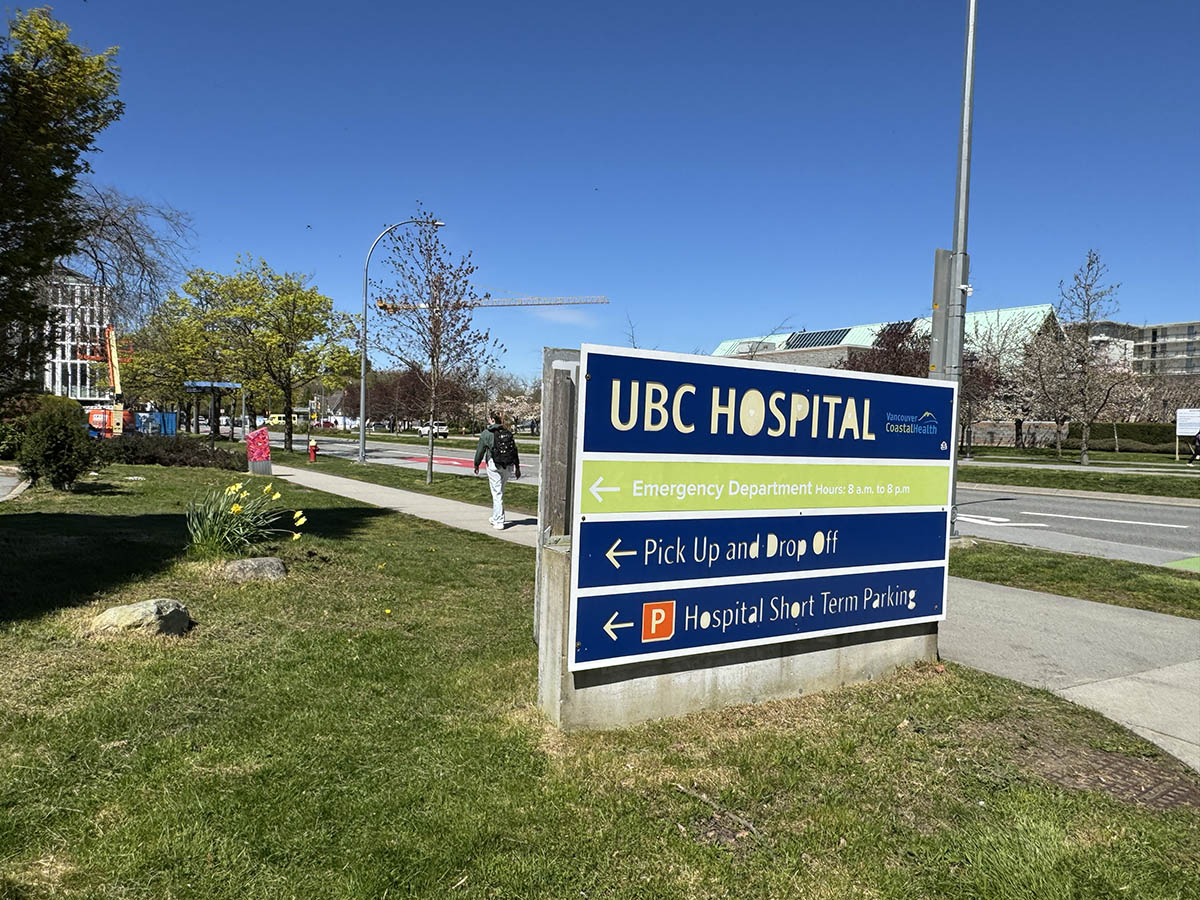A recent presentation on the draft update to the Wesbrook Place Neighbourhood Plan by UBC Campus & Community Planning raises urgent concerns about the future of essential services in our growing community.
During the March 18 presentation to the UNA board of directors, schools, emergency response, and healthcare were categorized—after the post office—under “amenities.” This term is typically associated with optional, quality-of-life enhancements and fundamentally misrepresents the critical nature of these services.
This is not a minor oversight. It is a planning failure with potentially serious long-term consequences.
Essential services form the backbone of any thriving community. If we fail to prioritize them now, we will face overcrowded schools, an overstretched emergency response system, and inadequate healthcare access—all of which will diminish residents’ quality of life.
Education: The Growing Crisis
UBC’s residential population is expanding rapidly, yet there is no clear strategy for school capacity. In other municipalities, we have seen the consequences of poor planning: portables, extended school hours, and students bused to other districts.
For example, Surrey has nearly 25 per cent of its students in temporary classrooms or attending on extended hours, and some New Westminster schools have no outside recreation area as space is now occupied by portable rooms. As TCR reported in May, June, and September last year, there is a proposed school in Wesbrook Place However, the Vancouver School Board is unwilling to provide a firm timeline on its construction. Even more concerning, a portion of the land originally earmarked for a new elementary school is now being reallocated as a dog park.
There is a possibility that the dog park and school could co-exist, but might require a slightly smaller dog park or a broader parcel of land. Given the school board’s capital budget challenges, UBC feels the school construction is still five or more years away.
Do we want to follow this path, or do we demand better and set an example for other municipalities? Schools take years to plan and build. If we do not act now, we will be left scrambling for inadequate stopgap measures. Has a detailed capacity assessment been conducted for the next five years? If so, let’s share it with the community. If not, why not?
Emergency Services: A System Under Strain
The UBC RCMP detachment has not increased its staffing levels since 2005. At that time, the population south of 16th Avenue was minimal. Today, this area alone likely exceeds 10,000 residents, yet the number of officers remains unchanged.
In 2020, the UBC RCMP responded to 3,200 calls. In 2024, they responded to nearly 6,000 calls—a 100 per cent increase.
From 2020 to 2024, total violent crimes have increased by approximately 50 per cent; total property crimes by 12 per cent and emergency incidents are rising. Response times are slowing, yet no additional resources have been allocated and overtime costs are increasing.
How much longer can we afford to ignore this problem, both financially and in terms of public safety?
The Fire Department faces similar concerns. Has it been consulted about projected growth? Are current response times sufficient for our expanding community? These are critical questions that remain unanswered. At the time of writing, no statistics were available. We should invite the local fire chief to present a full assessment at an upcoming UNA Board meeting.
Healthcare: Gaps in Access
Our community includes both UBC students and permanent residents, each with distinct healthcare needs. UBC Student Health Services has limited capacity, and the nearest urgent care facility at UBC Hospital closes at 8:00 p.m. After that, the only option is Vancouver General Hospital— a significant distance away in an emergency.
We must ask:
- Do we have data on urgent care visits and ambulance response times?
- Would an expanded healthcare presence— such as a facility with extended hours or a small emergency clinic—help ease the burden on emergency services?
Population growth requires scaled core infrastructure. Without proactive planning, our emergency response system will become dangerously overstretched.
The Difference Between Amenities and Essential Services
It is unacceptable to classify critical infrastructure as mere “amenities.” Urban planning principles clearly distinguish between the two.
Essential services are critical for public safety, health, and societal function, and include things like emergency services (police, fire, ambulance), healthcare, utilities, education, and transportation.
Amenities are meant to enhance our quality of life, but they are not critical to daily functioning. They can include parks, libraries, and community centres.
Essential services must be prioritized. They are the foundation of a safe, functional community, not optional extras to be addressed only after developers have maximized their profits.
The UNA Board’s Responsibility
The UNA Board has a duty to represent its residents—current and future, young and old. Governments move slowly and if we do not advocate forcefully now, we will face years of delays and inadequate solutions.
The October 2023 article in The Campus Resident, “Policing Lags UBC Population Growth, RCMP Says“, highlighted serious concerns about our region’s lack of policing resources. Since then, nothing has changed.
We cannot allow this pattern of inaction to continue— not for policing, not for fire and emergency services, not for schools, and not for healthcare.
The UNA and all residents must make it clear to UBC that its current approach is unacceptable. The presentation marginalized essential services, reflecting a planning mindset that prioritizes short-term financial incentives such as development fees over the well-being of residents.
If we do not act now, we will regret it in the years to come. The UNA Board must push back and demand that essential services receive the prioritization they deserve.
We cannot change the past, but by standing up today, we can shape the future.
JAKE WIEBE IS A UNA DIRECTOR AND CHAIR OF THE UNA FINANCE AND AUDIT COMMITTEE. THE VIEWS EXPRESSED IN THIS ARTICLE ARE HIS OWN AND DO NOT REPRESENT THOSE OF THE UNA OR UBC.
